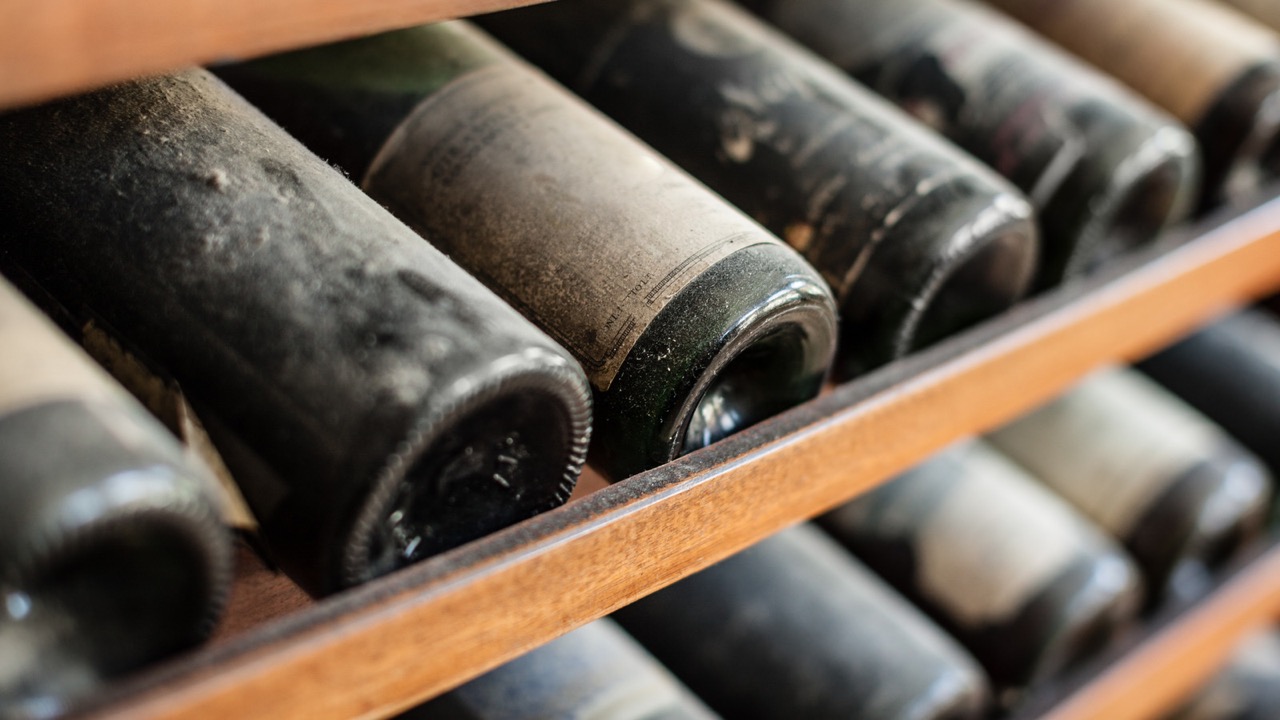

Articles
How To Store Wine For Aging
Modified: January 20, 2024
Learn the best techniques for storing wine to ensure proper aging. Discover tips and articles on creating the perfect wine cellar and preserving your favorite bottles.
(Many of the links in this article redirect to a specific reviewed product. Your purchase of these products through affiliate links helps to generate commission for Storables.com, at no extra cost. Learn more)
Introduction
Welcome to the fascinating world of wine aging! Whether you are a connoisseur, a collector, or simply an enthusiast, understanding how to store wine properly for aging is essential for preserving its quality and allowing it to develop its full potential over time.
Wine aging is a process that takes place after the wine is bottled, as the flavors, aromas, and texture of the wine evolve and mature with time. It is this aging process that can transform a good wine into an exceptional one, adding complexity and depth to its character.
In this article, we will explore the key factors to consider when storing wine for aging, including temperature and humidity requirements, the different storage options available, essential equipment, and tips for organizing and cataloging your wine collection. We will also touch on how to monitor and maintain the wine storage environment and when and how to open aged wines for maximum enjoyment.
So, whether you are building a wine cellar, setting up a wine refrigerator, or simply looking for guidance on how to properly store your aging wines, read on to discover the essential steps to ensure that your wines age gracefully and provide you with the ultimate tasting experience.
Key Takeaways:
- Proper storage conditions, wine selection, and patience are essential for aging wine. Understanding the aging process and choosing the right wines for aging are crucial for building a collection that evolves and impresses over time.
- Monitoring and maintaining the wine storage environment, along with knowing when and how to open aged wines, are pivotal for fully enjoying the rewards of aging wines. With dedication and proper care, aging wines can provide exceptional tasting experiences and create lasting memories.
Read more: How To Store Dry Aged Steak
Understanding the Aging Process of Wine
Wine aging is a complex process that involves the interaction of various chemical compounds in the wine, resulting in changes to its flavor, aroma, color, and overall structure. While some wines are meant to be enjoyed young and fresh, others are specifically crafted to be aged for years, even decades.
One of the key components of wine aging is the oxidation process. As the wine is exposed to small amounts of oxygen through the cork or closure, it gradually oxidizes, softening the tannins and allowing the flavors to integrate and mellow out. This is why older wines often exhibit smoother textures and more nuanced flavors compared to their youthful counterparts.
Another important factor in wine aging is the development of tertiary aromas and flavors. Over time, chemical reactions occur within the wine, resulting in the formation of new compounds that contribute to the wine’s complexity. These tertiary aromas can include notes of leather, tobacco, dried fruits, and earthy nuances, adding depth and interest to the wine.
It is worth noting that not all wines are suitable for aging. Generally, full-bodied red wines with high tannin levels, such as Cabernet Sauvignon and Barolo, are well-suited for long-term aging. On the other hand, delicate white wines and lighter reds are typically enjoyed when they are young and fresh.
It’s important to mention that aging wine does not always guarantee improvement. While some wines benefit from aging, others may lose their freshness and fruit flavors, becoming flat and unappealing. It’s crucial to consider the aging potential of each wine before deciding to store it for an extended period.
In summary, understanding the aging process of wine is crucial for selecting the right wines for aging and managing their storage conditions effectively. By comprehending how factors such as oxidation, tertiary aromas, and wine variety play a role in aging, you can make informed decisions regarding which wines to age and how to properly care for them.
Choosing the Right Wines for Aging
Choosing the right wines for aging is a critical step in building a collection of aging wines. Not all wines are suitable for long-term aging, as factors such as grape variety, region, vintage, and winemaking style play a significant role in determining a wine’s aging potential.
When selecting wines for aging, it’s important to consider wines with a good balance of fruit, tannins, acidity, and structure. Full-bodied red wines, such as Cabernet Sauvignon, Bordeaux blends, and Syrah, are often excellent candidates for aging due to their high tannin levels, which help them develop complexity and depth over time.
Old World wines from prestigious regions like Bordeaux, Burgundy, and Piedmont are renowned for their aging potential. These wines often have a reputation for evolving and improving with age, showcasing the unique characteristics of their terroir.
Vintage variation can also have a significant impact on a wine’s aging potential. In exceptional vintages, where the weather conditions were optimal, the wines tend to have better aging potential due to their high-quality grapes. However, it’s important to note that not all wines from a specific vintage will age well, so it’s essential to rely on expert advice, critical reviews, and your own preferences.
White wines with high acidity, such as Riesling and Chardonnay from top regions like Burgundy, can also age beautifully. These wines often develop complex flavors, beautiful tertiary aromas, and a rich texture over time.
While it’s exciting to age wines with a proven reputation for longevity, don’t be afraid to experiment with lesser-known or emerging wine regions. Some wines from regions like Rioja, Brunello di Montalcino, and Barbaresco can offer excellent aging potential at more approachable price points.
Lastly, it’s important to consider your own preferences when choosing wines for aging. If you prefer wines with vibrant fruit flavors and freshness, it may be best to enjoy them in their youth rather than aging them for an extended period. Remember, the ultimate goal of aging wines is to enhance their complexity and character, so choose wines that you believe will benefit from the aging process.
To summarize, when choosing wines for aging, focus on full-bodied red wines with good structure and high tannin levels, wines from renowned regions and exceptional vintages, and high-acidity white wines. Don’t be afraid to explore lesser-known regions and trust your own taste preferences. With careful selection, you can build a collection of wines that will age gracefully and provide you with unforgettable tasting experiences.
Temperature and Humidity Requirements
Proper temperature and humidity control are crucial factors in wine storage for aging. Incorrect conditions can lead to premature aging, spoilage, or the deterioration of the wine’s quality. Let’s explore the ideal temperature and humidity requirements for storing your aging wines.
The optimal temperature for wine storage is generally between 50°F (10°C) and 59°F (15°C). This temperature range provides a balance that allows the wine to age gradually without excessive oxidation or microbial growth. Fluctuations in temperature should be minimized, as they can cause thermal expansion and contraction of the wine, potentially damaging the cork and compromising the seal.
It’s important to avoid storing wines in excessively warm temperatures, as this can accelerate the aging process and result in flat, cooked flavors. High temperatures can also cause the expansion of the wine, leading to seepage and potential spoilage. On the other hand, storing wines in temperatures that are too cold can slow down the aging process or even result in the formation of wine crystals, commonly known as tartaric acid crystals.
The humidity level in your wine storage area is another crucial aspect to consider. Ideally, the humidity should be between 60% and 70%. This range helps keep the corks moist, preventing them from drying out and allowing air to enter the bottle. Insufficient humidity can lead to premature oxidation, while excessive humidity can promote the growth of mold and mildew.
One effective way to maintain the ideal temperature and humidity conditions for wine storage is by investing in a dedicated wine cooler or cellar. These storage options offer precise temperature control and often have humidity management systems built-in. They are designed to provide a stable environment, free from temperature fluctuations and harmful external factors.
If you don’t have access to a wine cooler or cellar, you can still create a suitable storage environment by choosing a cool, dark, and well-ventilated area of your home. Basements or interior closets away from direct sunlight and heat sources are often good choices. To maintain proper humidity levels, consider using a humidifier, especially in drier climates, or placing a shallow tray of water in the storage area to help increase humidity naturally.
In summary, maintaining a consistent temperature between 50°F (10°C) and 59°F (15°C) and a humidity level between 60% and 70% is crucial for storing your aging wines. Whether you opt for a dedicated wine cooler or create a suitable environment in your home, ensuring optimal temperature and humidity conditions will help preserve the quality and longevity of your wines.
Wine Storage Options
When it comes to storing your aging wines, you have several options to consider, depending on your available space, budget, and collection size. Let’s explore some of the common wine storage options to help you make an informed decision.
1. Wine Cellar: A wine cellar is perhaps the most coveted and ideal option for long-term wine storage. It offers a controlled environment, typically underground or in a basement, with stable temperature and humidity levels. Wine cellars can be custom-built or pre-fabricated, ranging from small closets to large rooms. They often feature insulation, vapor barriers, cooling systems, and specialized racking systems to organize and store your wine collection.
2. Wine Refrigerator: Also known as a wine cooler or wine fridge, this option is a popular choice for wine enthusiasts. Wine refrigerators come in various sizes, from small countertop models to larger freestanding units or even built-in options. They provide temperature control and often have sections for storing different types of wine, such as reds, whites, and sparkling. Wine refrigerators are convenient and space-efficient, but it’s important to ensure they have capacity for your growing collection.
3. Wine Cabinets: Wine cabinets are another option for those who want a dedicated storage area but may not have the space or budget for a wine cellar. These cabinets resemble furniture and are designed to hold and display your wine bottles. Some wine cabinets offer temperature control, while others focus more on aesthetics and providing a secure and organized space. Wine cabinets range in size and can accommodate small to medium-sized collections.
4. Wine Racks: Wine racks are a versatile and affordable option for wine storage. They come in various styles, materials, and sizes, allowing you to customize your storage space according to your needs. Wine racks can be wall-mounted, freestanding, or even modular, allowing you to expand your collection as it grows. They are suitable for both short-term and long-term storage, but temperature and humidity control may need to be managed separately.
5. DIY Solutions: If you’re on a tight budget or have limited space, there are several DIY solutions you can explore. This includes repurposing existing furniture, such as bookshelves or credenzas, to store your wine bottles. It’s important to consider temperature and humidity control in these situations, so be mindful of the storage location and make any necessary adjustments to ensure proper conditions.
No matter which storage option you choose, it’s important to keep in mind the key factors for aging wine: temperature control, humidity levels, and protection from light and vibration. Additionally, consider the size, accessibility, and aesthetics of the storage option to best suit your needs and enhance your wine collection experience.
In summary, the ideal wine storage option depends on your available space, budget, and collection size. Whether it’s a dedicated wine cellar, a wine refrigerator, a wine cabinet, a wine rack, or a DIY solution, prioritize temperature and humidity control, and ensure your chosen option provides the necessary protection and convenience for your aging wine collection.
Read more: How To Store Wine In Wine Fridge
Essential Equipment for Wine Storage
When it comes to storing your aging wines, there are certain essential equipment and accessories that can help ensure the proper preservation and care of your precious bottles. From temperature control to organization, let’s explore the must-have equipment for wine storage.
1. Thermometer/Hygrometer: A reliable thermometer and hygrometer are essential tools for monitoring the temperature and humidity levels in your wine storage area. These devices will provide accurate readings, allowing you to adjust conditions as needed to maintain the optimal environment for aging your wines.
2. Wine Refrigeration Unit: If you are opting for a wine refrigerator or cooler, investing in a quality unit with precise temperature control is crucial. Look for models that offer adjustable temperature settings, separate compartments for red and white wines, and low vibration levels to ensure your wines age gracefully.
3. Wine Racking System: To keep your wine bottles organized and easily accessible, a proper racking system is essential. Choose racks that accommodate the size and shape of your bottles, provide stability, and allow for proper air circulation. Options include wooden racks, metal racks, or modular systems that can be customized to fit your storage space perfectly.
4. Wine Labels and Wine Inventory System: Labeling your wine bottles with important information such as the wine’s name, vintage, and producer can be extremely helpful in managing your collection. Consider investing in wine label removers and sleeves to preserve the labels when removing them from bottles. Additionally, a wine inventory system, whether physical or digital, can help you keep track of your wines, their location, and their aging status.
5. Corkscrew and Wine Opener: It goes without saying that a reliable corkscrew or wine opener is essential for opening and enjoying your aged wines. Opt for a high-quality corkscrew that easily removes both natural and synthetic corks without damaging them.
6. Wine Decanter: Decanting aged wines before serving can help enhance their flavors and aromas. Look for a decanter that has a wide base and a long, tapered neck to allow for maximum aeration. A decanter with a built-in filter can also help separate any sediment that may have formed in the wine.
7. Wine Preserver: For those occasions when you don’t finish a bottle in one sitting, a wine preserver can help extend the shelf life of your opened wine. Vacuum wine sealers or inert gas systems can remove excess air from the bottle, preventing oxidation and keeping the wine fresh for longer.
8. Wine Glasses: While not specifically for storage, investing in quality wine glasses is essential for fully experiencing the aromas and flavors of your aged wines. Look for glasses with a large bowl and a narrow rim to capture the wine’s aromatics and direct them to your nose for a sensory experience.
These are just a few of the essential equipment and accessories to consider for wine storage. Depending on your specific needs and preferences, you may also want to invest in a wine cellar management software or a wine cellar cooling system for larger storage spaces. Ultimately, the goal is to have the right tools to maintain optimal storage conditions and enjoy your aging wines to their fullest potential.
Store wine for aging in a cool, dark place with a consistent temperature, ideally between 45-65°F. Keep the bottles on their side to keep the cork moist and prevent oxidation. Avoid storing in the kitchen or near a heat source.
Preparing the Wine for Aging
Preparing your wine for aging is a crucial step in ensuring that it develops and matures properly over time. By taking certain measures before storing the wine, you can set it up for a successful aging process. Here are some key steps to consider when preparing your wine for aging:
1. Select the Right Closure: The closure you choose for your wine bottles can have a significant impact on their aging potential. While natural cork closures are the traditional choice, they can be prone to leakage and cork taint. Synthetic corks and screw caps are alternative options that provide a more reliable seal, ensuring the wine ages without exposure to excessive oxygen or potential cork taint.
2. Ensure Proper Bottle Positioning: Storing your wine bottles in the correct position is essential to prevent the cork from drying out or becoming tainted. For wines sealed with cork closures, it is recommended to store them horizontally or at a slight angle, allowing the wine to keep the cork moist and maintain a proper seal. This prevents air from entering the bottle and compromising the aging process.
3. Avoid Direct Light Exposure: Protecting your wine from direct light exposure is crucial, as ultraviolet (UV) rays can degrade the wine and affect its flavor and color. Store your bottles in a dark area or use wine racks or cabinets with UV-resistant glass to shield the wine from harmful light. This is particularly important for wines stored for extended periods or those with clear or light-colored bottles.
4. Minimize Temperature Fluctuations: Stability in temperature is essential for the proper aging of wine. Extreme temperature fluctuations can cause the wine to expand and contract, potentially leading to leakage or spoilage. Choose a storage location that maintains a consistent temperature and avoids exposure to heat sources such as direct sunlight, radiators, or appliances that generate heat.
5. Avoid Strong Odors: Wine is highly susceptible to absorbing odors from its surroundings, which can negatively impact its flavor and aroma. It is crucial to store wine away from strong-smelling substances such as chemicals, cleaning agents, perfumes, or any other items with potent odors. This will help preserve the wine’s original characteristics over time.
6. Consider Wine Maturity: Before storing your wine, it’s important to consider its maturity level. While some wines are meant to be consumed young, others benefit from aging. Research the recommended maturity window for your specific wine, taking into account factors such as grape variety, region, and vintage. This will help ensure that you are storing the wine for an appropriate amount of time.
7. Patience is Key: Aging wine is a slow, patient process. It’s important to resist the temptation to open and consume the wine before it has had adequate time to develop. While some wines may be enjoyable after a few years of aging, others may require much longer to reach their peak. Exercise patience and give the wine the time it needs to mature and reveal its full potential.
By following these steps, you can properly prepare your wine for aging, setting the stage for a successful aging process. Remember, each wine is unique, so it’s important to do your research and understand the specific requirements and recommendations for the wines you intend to age. With proper preparation, you can enhance the flavor, aroma, and overall quality of your aged wines for a truly exceptional tasting experience.
Organizing and Cataloging Your Wine Collection
As your wine collection grows, it becomes increasingly important to have a system in place for organizing and cataloging your wines. This helps you easily locate and track your bottles, keep inventory, and make informed decisions about which wines to open and when. Here are some tips for organizing and cataloging your wine collection:
1. Establish a Storage System: Whether you have a dedicated wine cellar, a wine refrigerator, or wine racks, establish a logical storage system that makes it easy to find and access your bottles. Arrange them in a way that suits your personal preference, whether it’s by grape variety, region, vintage, or any other criteria that makes sense to you.
2. Utilize Wine Inventory Software: To efficiently manage your wine collection, consider using wine inventory software or apps to create a digital catalog. These tools allow you to input essential details such as wine name, producer, vintage, location, and even tasting notes. You can also track the number of bottles you have, their purchase dates, and optimal aging windows. Some apps even offer scanning options to quickly add information by scanning the wine labels.
3. Label and Tag Your Wines: Labeling your wine bottles with identifying information can be beneficial, especially when it comes to organizing and locating specific bottles. Attach tags or labels to the necks of the bottles, indicating relevant details such as wine name, vintage, and storage location. This simple method helps you quickly find the bottle you are searching for without disturbing the rest of your collection.
4. Create a Wine Cellar Map: If you have a large wine cellar, create a map or layout of your storage area to visually represent the arrangement of your bottles. You can number sections, shelves, or compartments and refer to the map when searching for specific bottles. This method ensures efficient organization and helps avoid unnecessary disturbances to your collection.
5. Group Wines by Aging Potential: If you have a mix of wines with varying aging potential, consider grouping them based on their estimated optimal drinking windows. This allows you to easily identify which wines are ready to be enjoyed and which ones need more aging time. It can be helpful to have separate sections for wines that are ready to drink, wines that are aging, and wines that are still maturing.
6. Regularly Update Your Catalog: As you acquire new wines and consume others, make it a habit to regularly update your catalog. This ensures that your wine inventory is accurate, allowing you to make informed decisions when selecting wines to drink or cellar. Update details like purchase dates, tasting notes, and any changes in storage location.
7. Consider Wine Cellar Management Software: For those with large and extensive collections, wine cellar management software provides advanced features for cataloging, tracking, and managing your wines. These tools can generate reports, provide drinkability estimates, and offer recommendations based on your collection and preferences. They can also assist with cellar planning and wine investment tracking.
By organizing and cataloging your wine collection, you create a streamlined system that brings order and ease to your wine management. Whether you choose to use digital software, create a visual layout, or employ labeling techniques, the key is to find a method that suits your needs and allows you to efficiently access and enjoy your wines.
Monitoring and Maintaining the Wine Storage Environment
Ensuring that the conditions in which your wines are stored remain optimal is crucial for their long-term aging and preservation. Regular monitoring and maintenance of the wine storage environment are essential to protect the quality and integrity of your precious bottles. Here are some tips for effectively monitoring and maintaining the wine storage environment:
1. Temperature and Humidity Monitoring: Use a reliable thermometer and hygrometer to regularly monitor the temperature and humidity levels in your wine storage area. Check the readings regularly to ensure they remain within the optimal range for aging wines. Fluctuations in temperature and humidity can affect the aging process and compromise the quality of the wine.
2. Calibrate Monitoring Equipment: It’s important to periodically calibrate your temperature and humidity monitoring devices to ensure their accuracy. Consult the manufacturer’s guidelines or use a calibration kit to verify that the readings are precise. This will provide confidence that the data you are collecting is reliable and that your wines are being stored under the correct conditions.
3. Regular Ventilation and Air Circulation: Proper ventilation is essential to maintain a fresh and odor-free environment for your wines. Ensure that there is adequate airflow in the storage area, especially if it is an enclosed space like a cellar. Opening doors or windows periodically can help exchange stale air with fresh air and prevent any musty smells from developing.
4. Check for Light Exposure: Regularly inspect the storage area for any potential sources of light exposure, as UV rays can damage the wine and affect its flavor and color. Ensure that your wine storage space is dark or shielded from direct sunlight. Consider installing UV-filtering window film or curtains if necessary.
5. Prevent Vibrations: Vibrations can disturb the aging process and affect wine quality. Avoid storing your wines near appliances or equipment that generate vibrations, such as washing machines, refrigerators, or air conditioning units. Even foot traffic or heavy machinery in the storage area should be minimized to reduce the risk of disturbances.
6. Maintain Cleanliness: Regularly clean your wine storage area to prevent the buildup of dust, mold, or any other contaminants that could impact the wine. Use gentle cleaning methods and avoid strong chemicals or cleaning agents that can leave residual odors. This will help maintain a sanitary and pristine environment for your wines.
7. Inspect Bottles for Leaks or Damage: Regularly inspect your wine bottles for any signs of leakage, mold, or damage. Check the condition of the corks and ensure they are securely in place. Remove any bottles that show signs of cork failure or spoilage to prevent potential contamination of other bottles.
8. Learn From External Resources: Stay informed about best practices for wine storage by consulting trusted sources such as wine publications, expert forums, or even consulting with wine professionals. Gain insights from others’ experiences to further enhance your knowledge of maintaining the wine storage environment.
By diligently monitoring and maintaining the wine storage environment, you create the ideal conditions for your wines to age gracefully and develop their full potential. Regular check-ups, cleanliness, and attention to detail will allow you to enjoy your wines at their finest when the time comes to open them.
Read more: How To Store Wine
When and How to Open Aged Wines
Opening a bottle of aged wine is a special occasion that requires careful consideration and preparation. The timing and the method of opening can greatly impact the enjoyment of the wine. Here are some guidelines on when and how to open aged wines:
1. Determine the Optimal Drinking Window: Before opening an aged wine, it’s important to understand its optimal drinking window. This information can be found through research, consulting wine experts, or checking tasting notes and reviews. Each wine and vintage has its own timeline for reaching peak maturity, and opening the bottle within this window ensures that you enjoy the wine at its best.
2. Plan Ahead: Opening an aged wine requires careful planning. It’s best to open the bottle several hours before you plan to consume it to allow the wine to breathe and fully express its aromas and flavors. If you have limited time, you can also consider decanting the wine to expedite the aeration process.
3. Handle the Bottle Properly: When it’s time to open the aged wine, handle the bottle with care to prevent any unnecessary agitation or damage. Ensure that the bottle is stored horizontally for a few hours before opening to allow the sediment to settle at the bottom. Slowly and gently remove the cork or closure, ensuring that it does not break or crumble and that no pieces fall into the wine.
4. Decant if Necessary: Aged wines often develop sediment over time, especially those that have been aged for a significant period. If you notice sediment in the bottle or glass, consider decanting the wine. Pour the wine into a decanter slowly and steadily, leaving the sediment behind. This process not only removes any unwanted particles but also helps the wine open up and reveal its complex aromas and flavors.
5. Allow the Wine to Breathe: Aged wines can benefit from exposure to oxygen to allow their flavors to fully develop. After opening or decanting, let the wine breathe for a sufficient amount of time. This can vary depending on the wine, but typically 30 minutes to an hour is a good starting point. You can swirl the wine gently in the glass to encourage further aeration.
6. Select Appropriate Glassware: The choice of glassware plays a significant role in the enjoyment of aged wines. Opt for large, tulip-shaped wine glasses with a wide bowl and a narrow rim. This shape helps concentrate the wine’s aromas and directs them to your nose as you sip. Clean and polish the glasses before use to ensure the wine’s flavors are not affected by any residual odors or detergents.
7. Appreciate and Savor the Wine: Once the aged wine has had time to breathe, it’s time to savor and enjoy every sip. Take the time to appreciate the wine’s evolving aromas, flavors, and textures. Allow the wine to linger on your palate, noting the complexity and nuances that years of aging have contributed to its character.
8. Food Pairing Considerations: Aged wines often have softer tannins and more complex flavors, making them excellent companions for certain dishes. Consider pairing the wine with complementary flavors and textures, such as mature cheeses, braised meats, or earthy mushroom dishes. Experiment with different combinations to find the perfect pairing that enhances the wine’s qualities.
9. Share the Experience: Opening an aged wine is a pleasure best shared. Invite friends or loved ones who can appreciate the wine’s special qualities and gather around to savor the experience together. Discuss the wine’s characteristics and enjoy the shared moments and conversations that the wine brings.
In summary, opening an aged wine requires careful planning, handling, and patience. Timing is crucial, and allowing the wine to breathe before sipping enhances the tasting experience. Select appropriate glassware, pair with complementary foods if desired, and share the joy with others. By following these considerations, you can fully enjoy the rewards of aging your wines and create lasting memories with each bottle.
Conclusion
Storing and aging wine is a fascinating journey that requires attention to detail, patience, and a deep appreciation for the transformative power of time. By following the guidelines and tips provided in this article, you can ensure that your wines age gracefully and provide you with exceptional tasting experiences.
Understanding the aging process of wine and choosing the right wines for aging are fundamental steps in building a collection that will continue to evolve and impress over time. Temperature and humidity control, along with proper storage options and essential equipment, are vital for maintaining the ideal environment for aging wines.
Preparing your wines for aging by selecting the right closures, positioning the bottles correctly, and avoiding detrimental factors like light exposure and strong odors, sets the stage for a successful aging process. Organizing and cataloging your wine collection not only helps you locate your bottles with ease but also allows you to manage your wine inventory and make informed choices about which wines to open and when.
Regular monitoring and maintenance of the wine storage environment, such as checking temperature and humidity levels, ensuring ventilation and air circulation, and taking precautions against vibrations and contaminants, are essential for safeguarding the quality and integrity of your aging wines.
Finally, knowing when and how to open aged wines is pivotal to fully enjoying the fruits of your patience and care. From determining the optimal drinking window to handling the bottle properly, decanting if necessary, and appreciating the wine with the right glassware and food pairings, each aspect contributes to a memorable tasting experience.
Remember, the world of wine is vast and ever-evolving. Continually seek knowledge, explore new regions and varieties, and engage with fellow wine enthusiasts to deepen your understanding and appreciation for the art of aging wine.
With dedication, proper storage conditions, and a discerning palate, you can unlock the full potential of your aging wines and create moments of joy, celebration, and shared experiences that will be cherished for years to come.
Frequently Asked Questions about How To Store Wine For Aging
Was this page helpful?
At Storables.com, we guarantee accurate and reliable information. Our content, validated by Expert Board Contributors, is crafted following stringent Editorial Policies. We're committed to providing you with well-researched, expert-backed insights for all your informational needs.
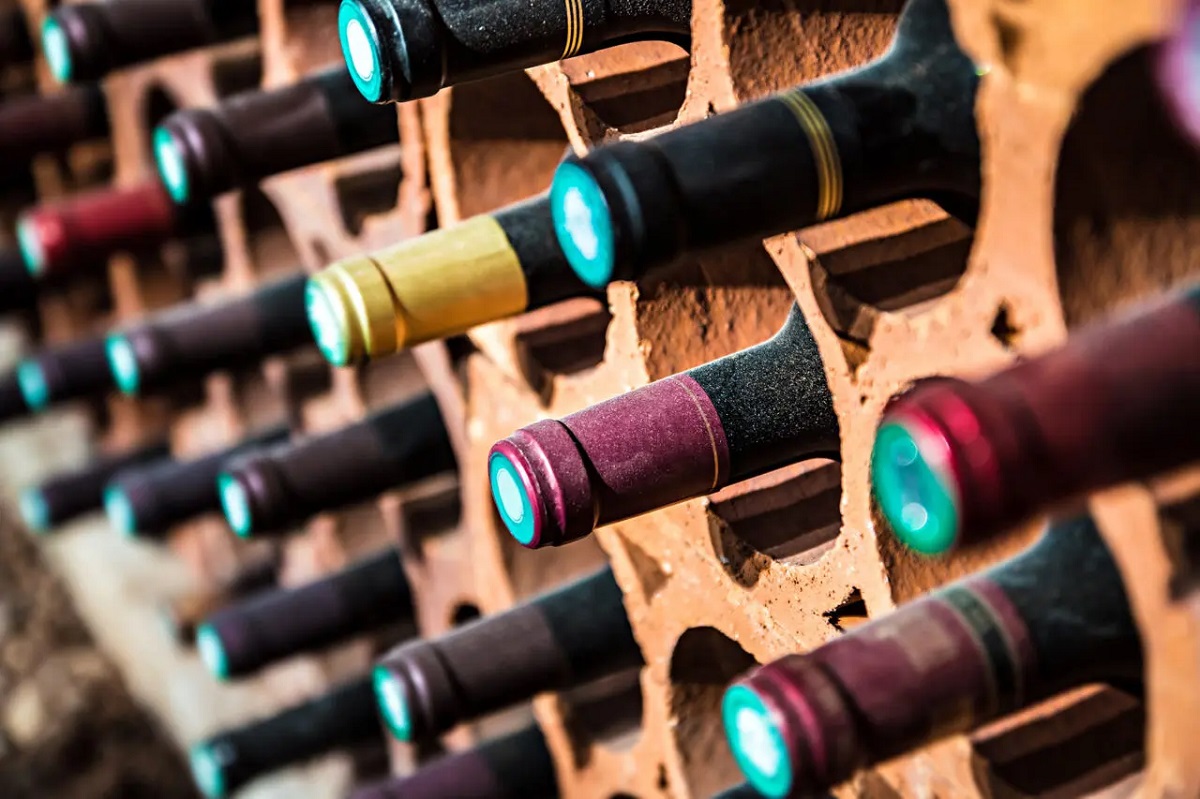
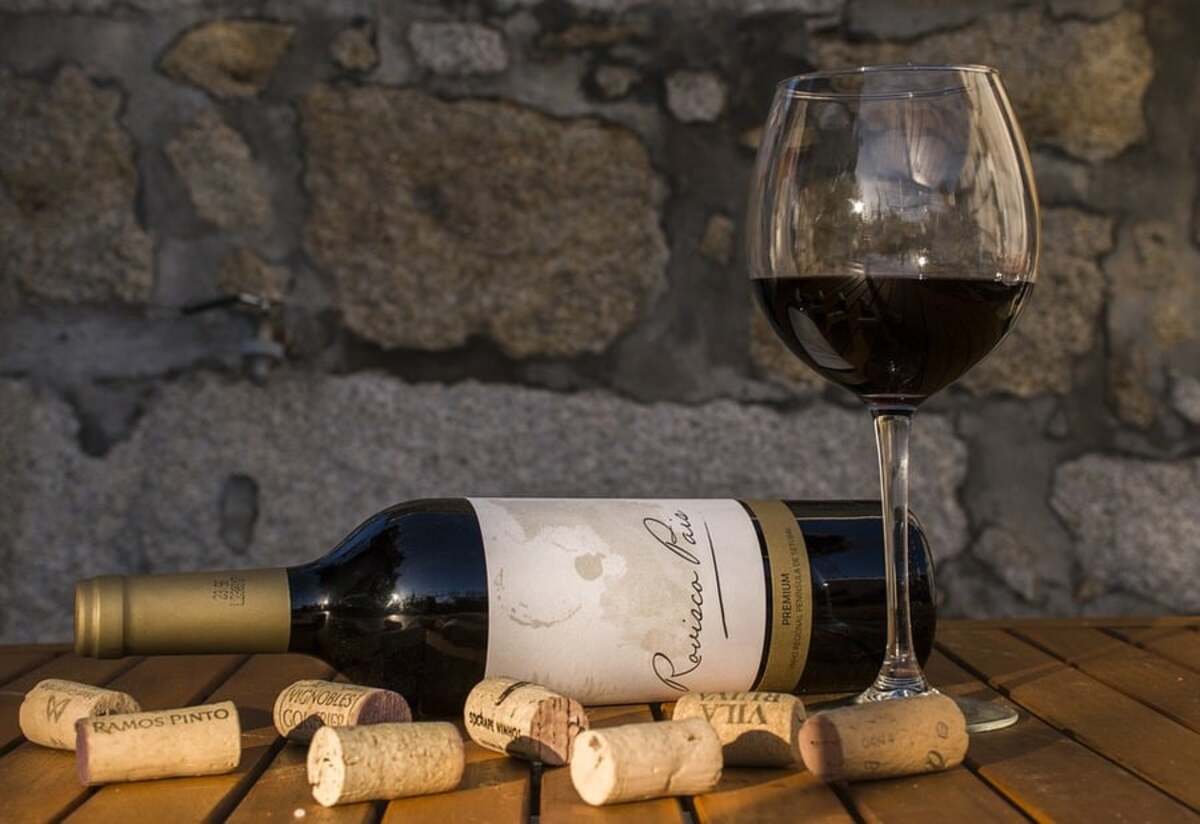
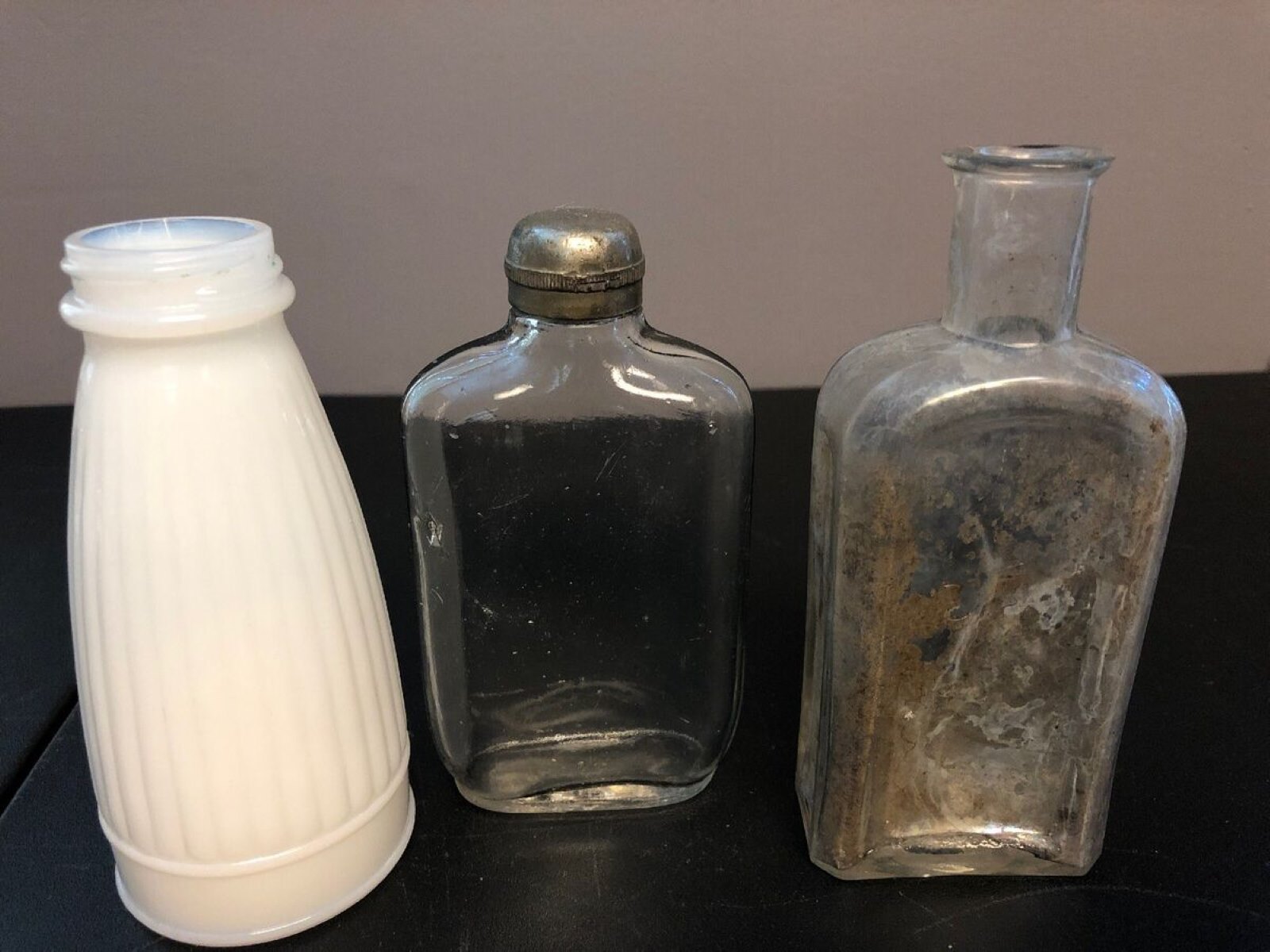
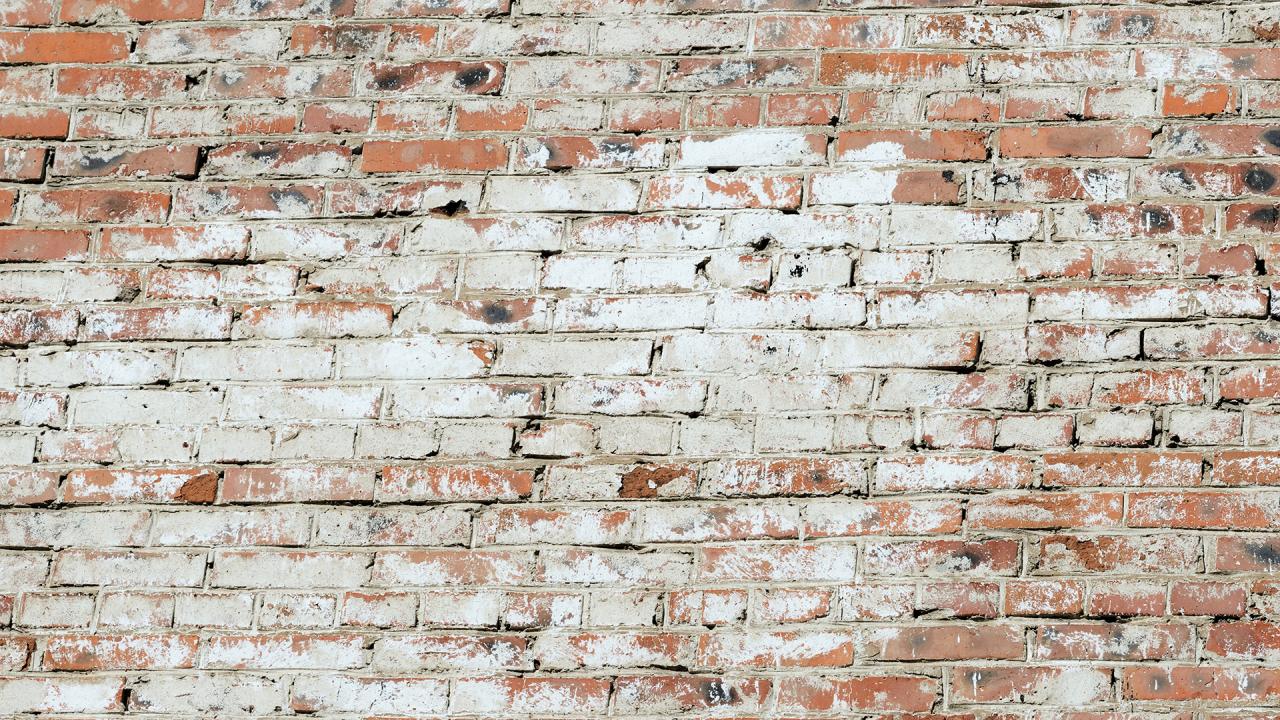
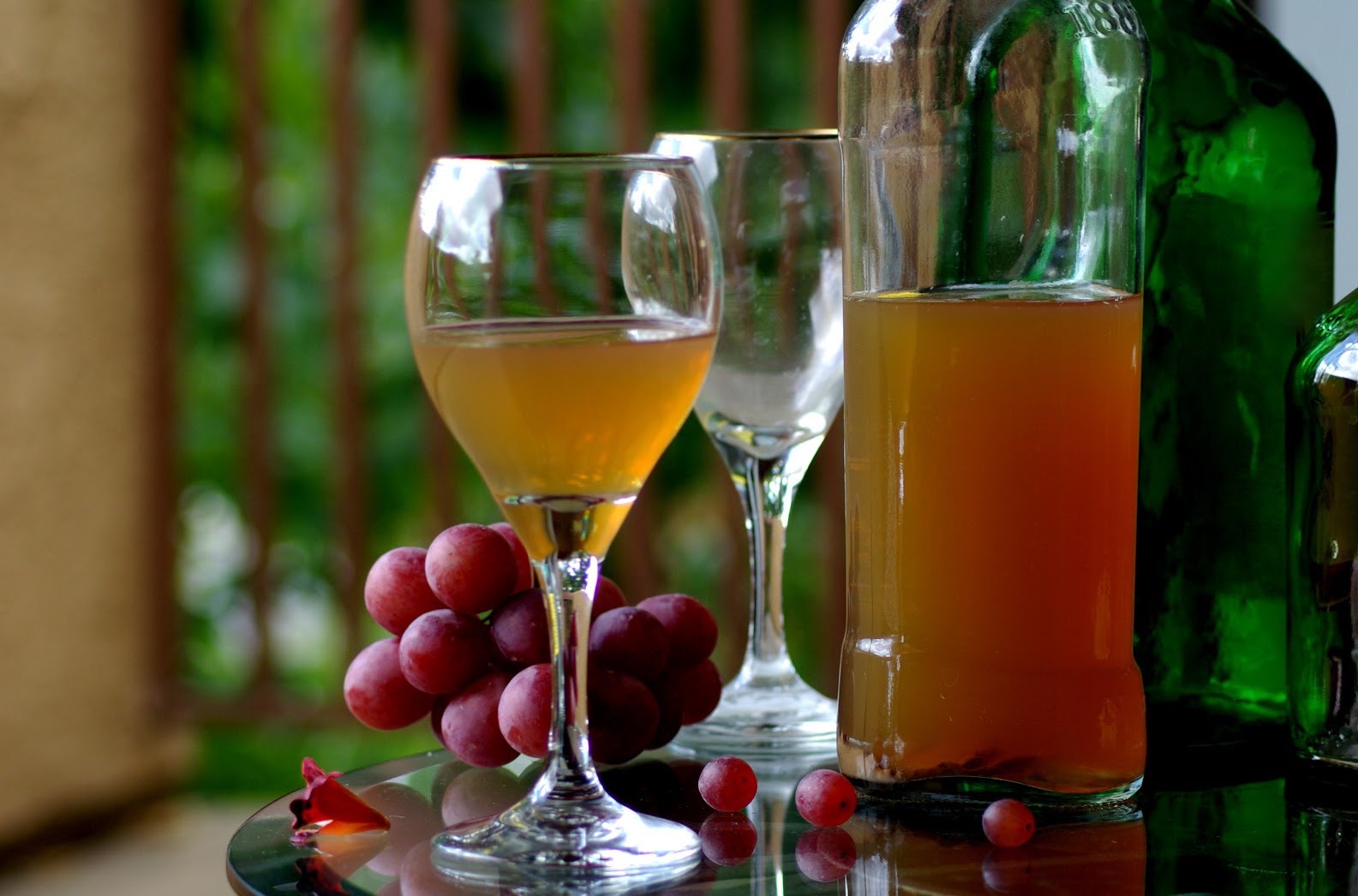
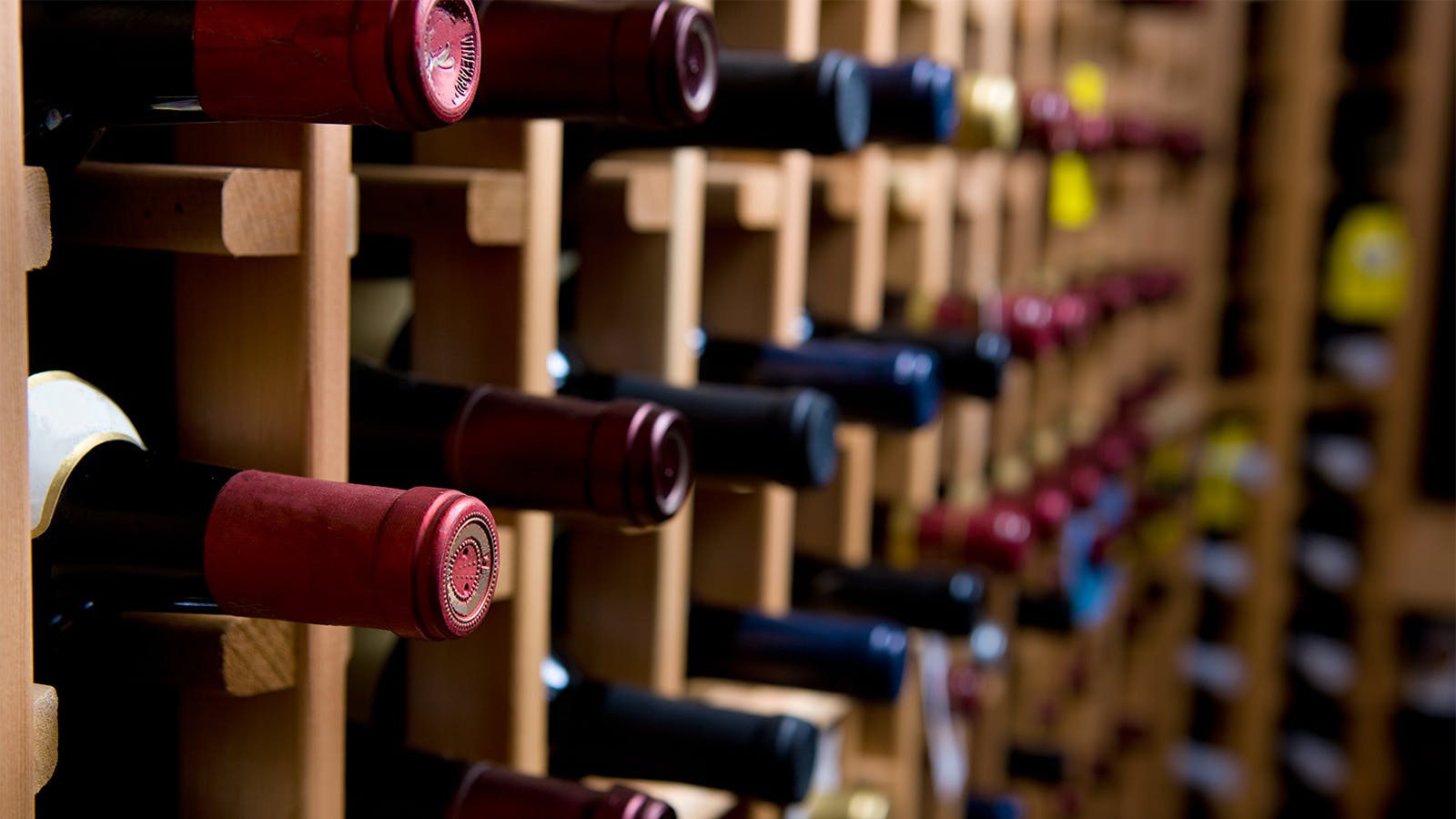
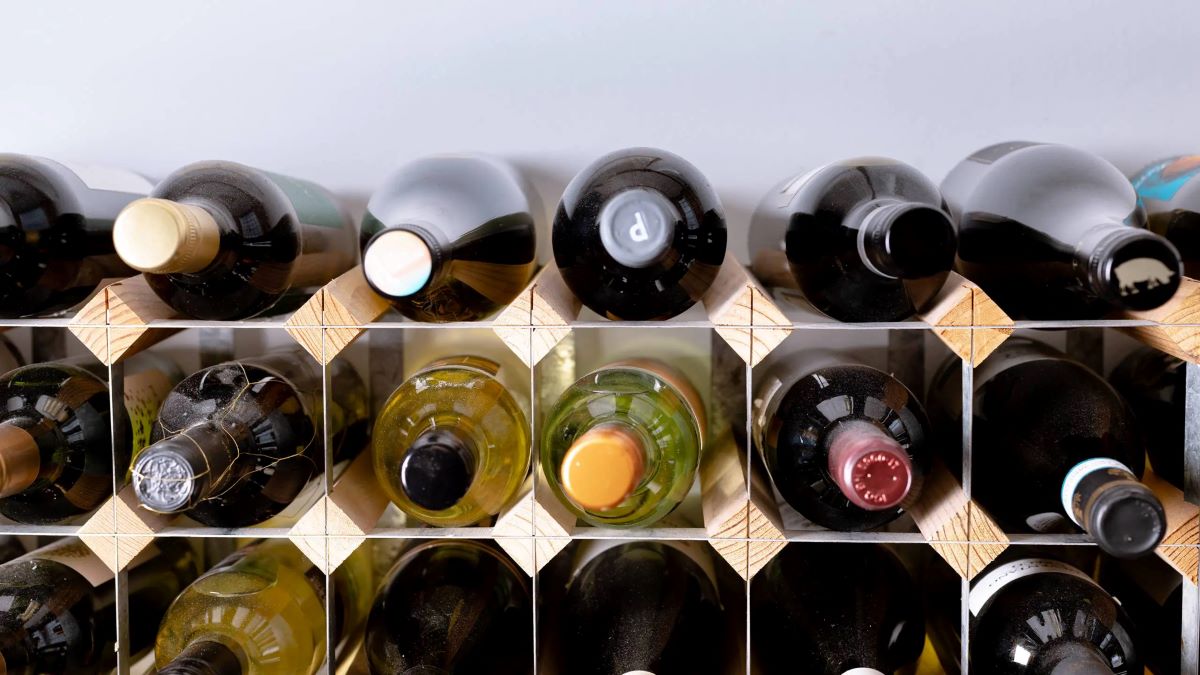
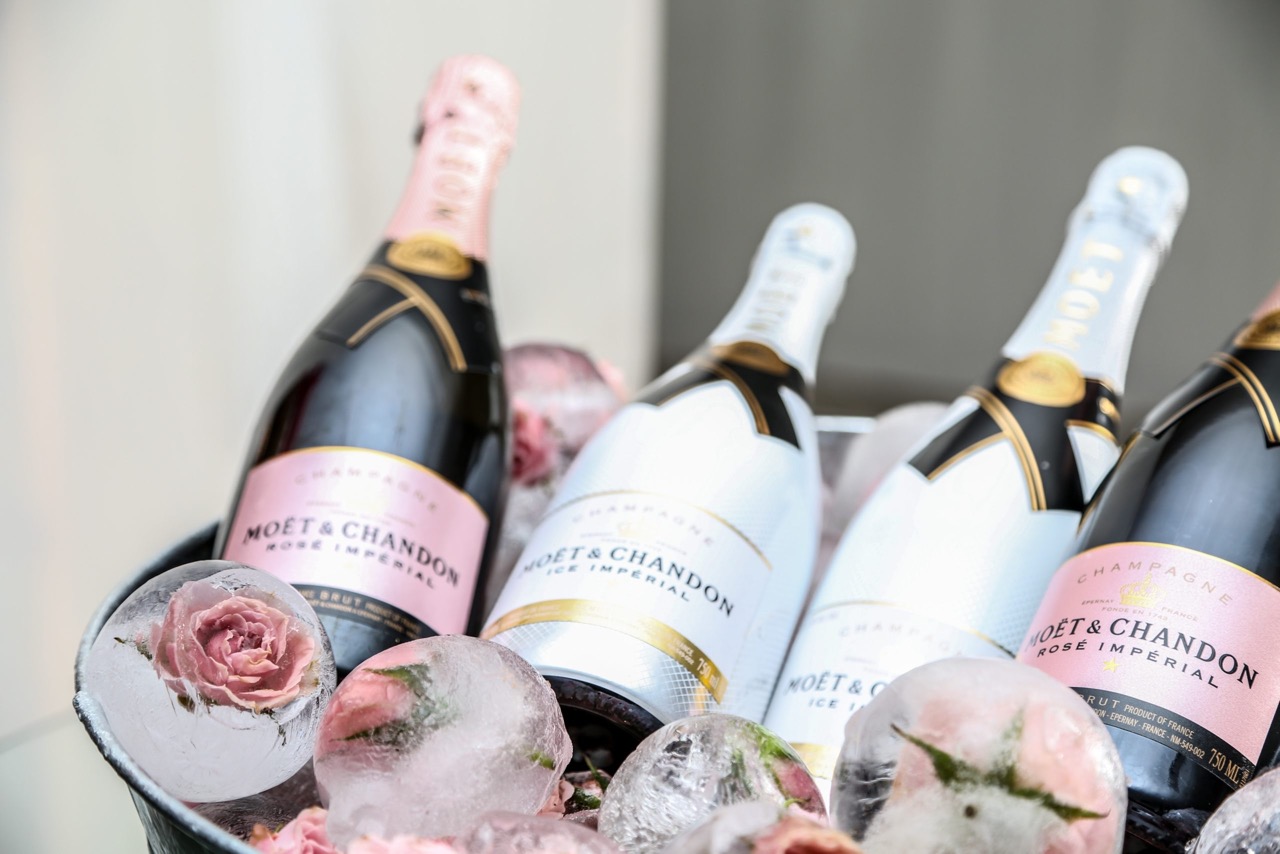
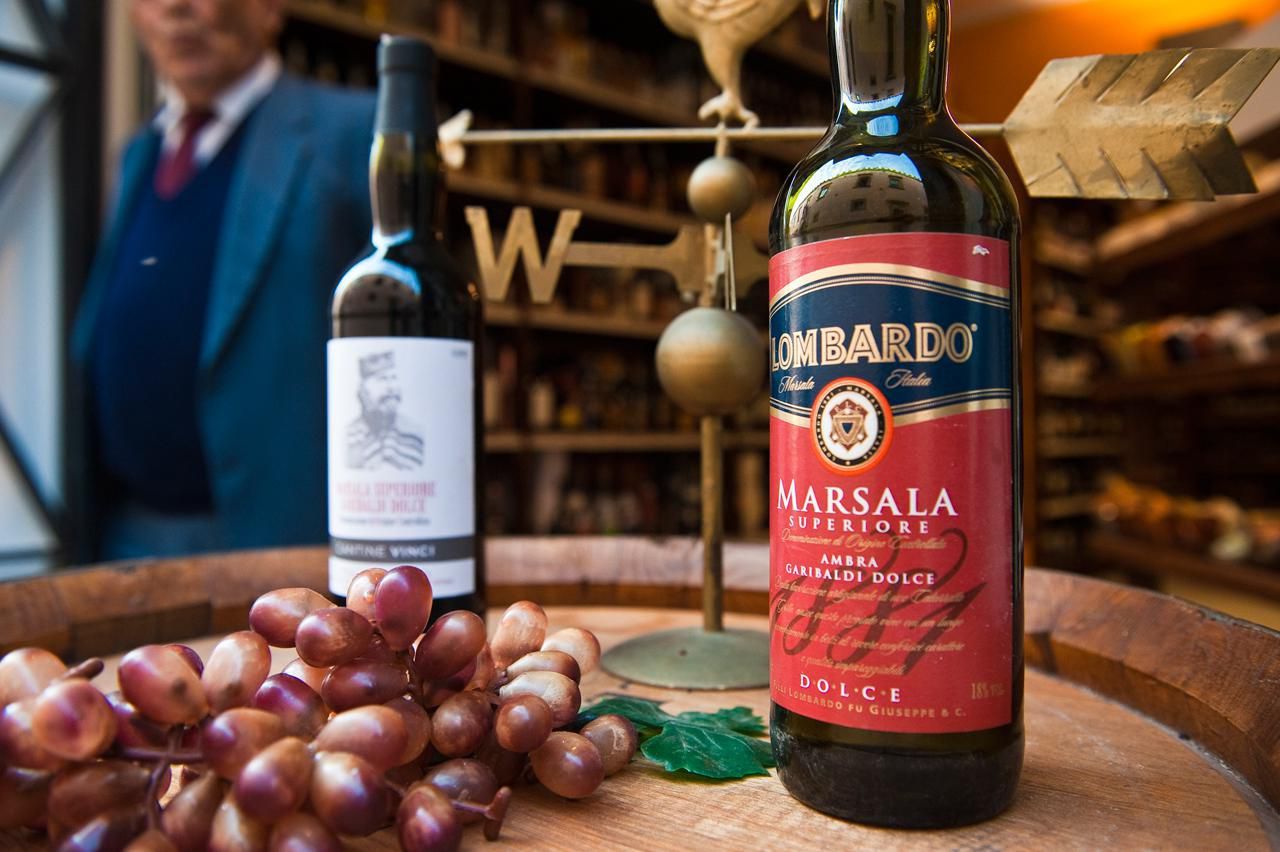
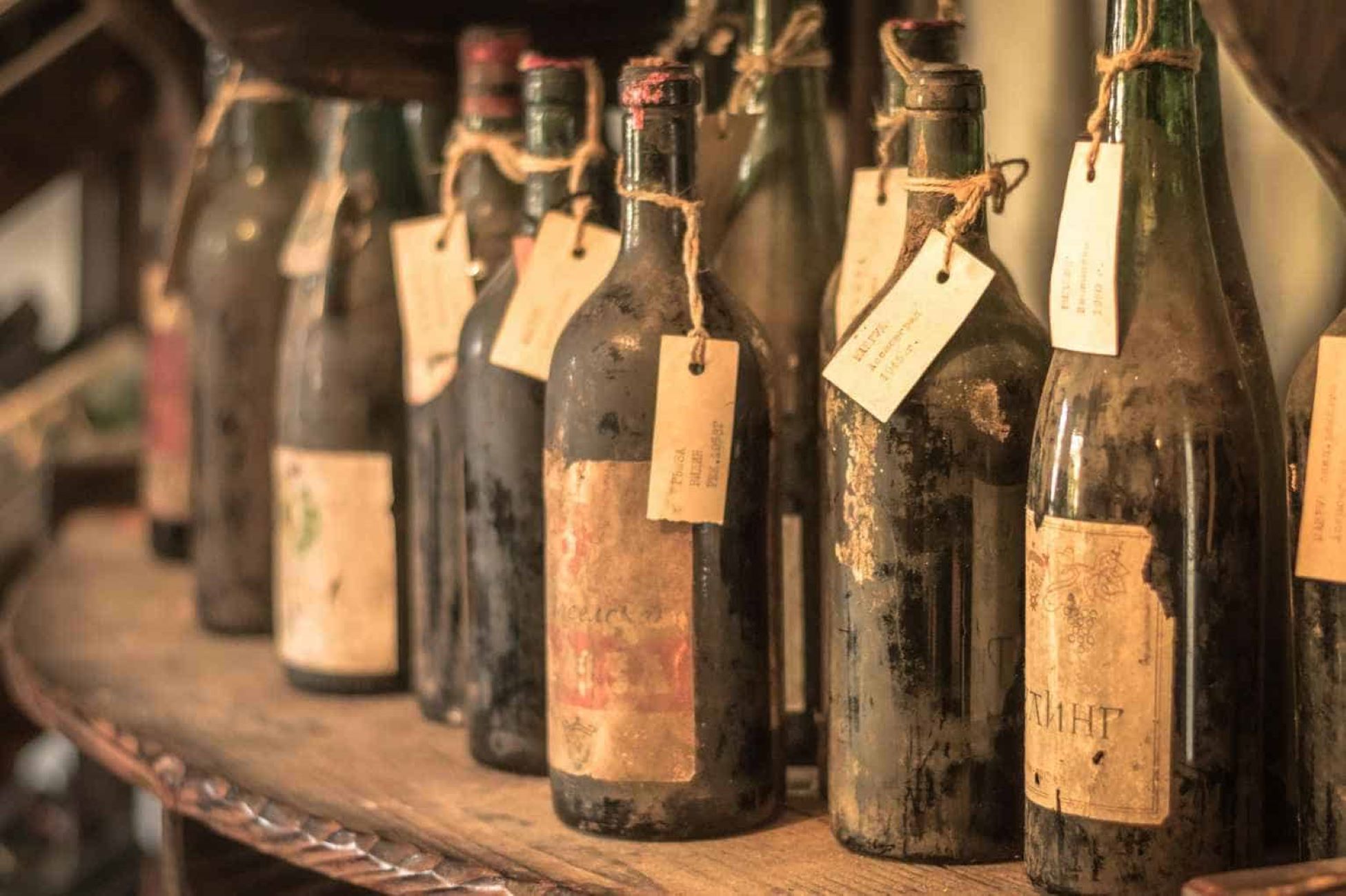
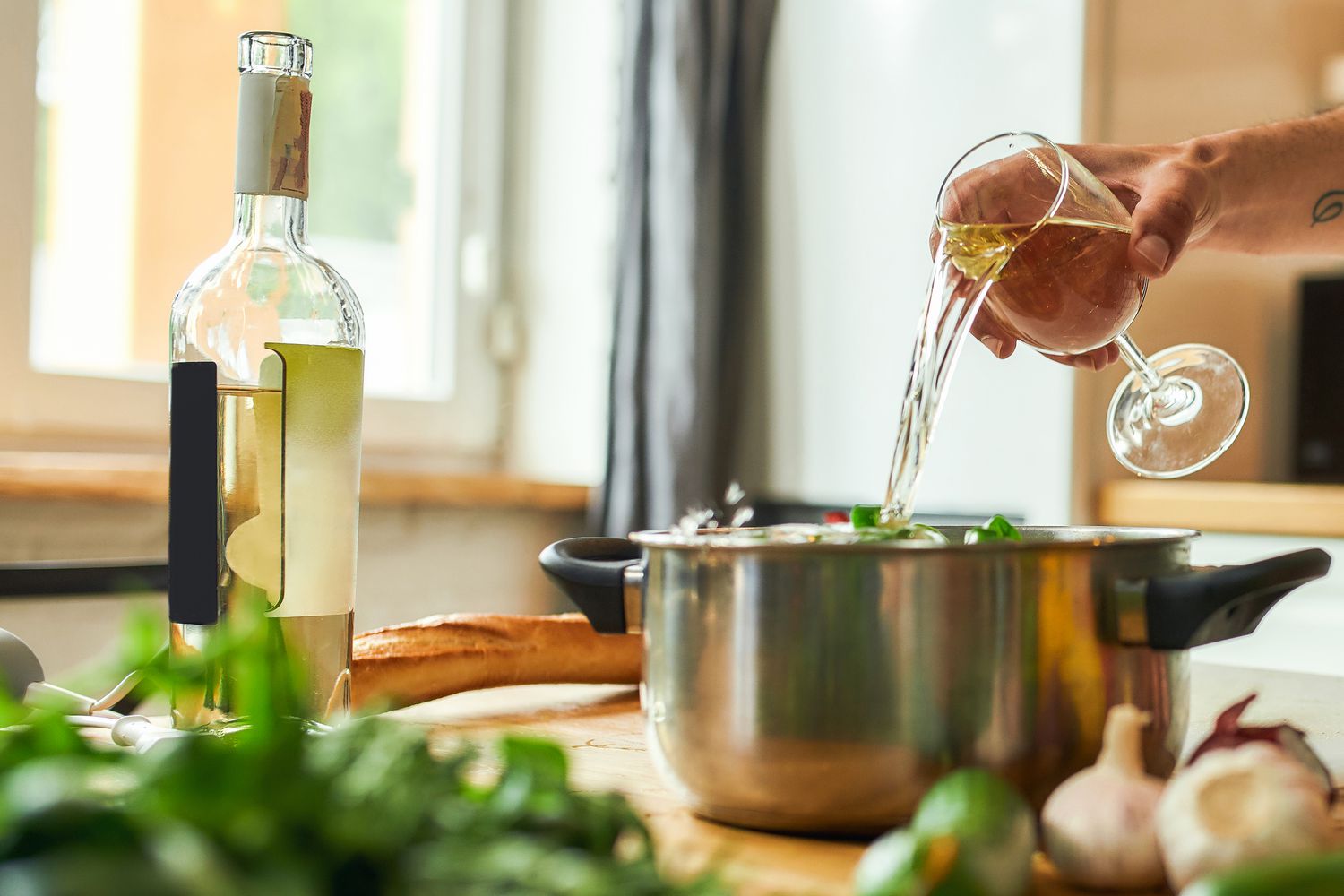
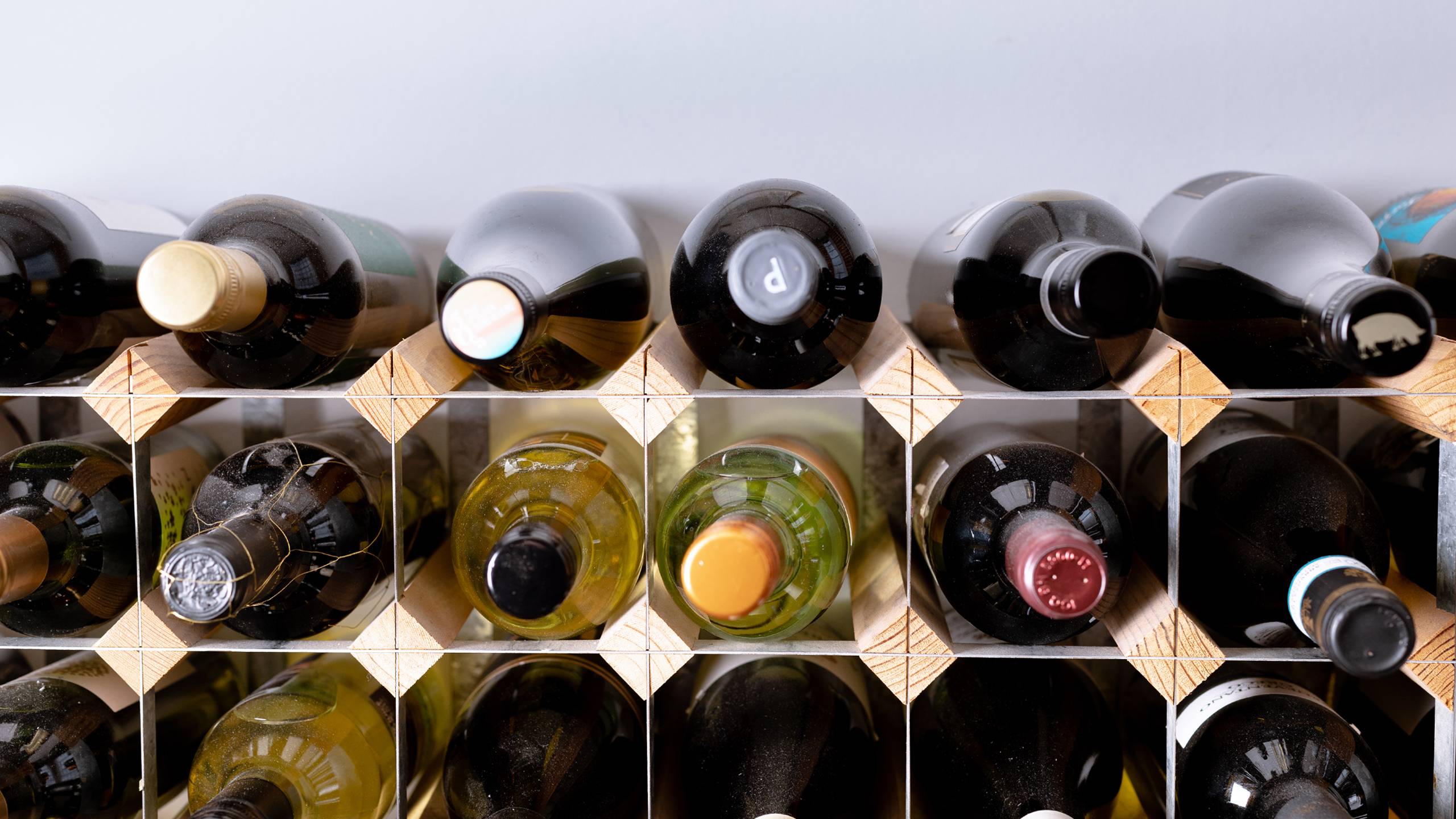
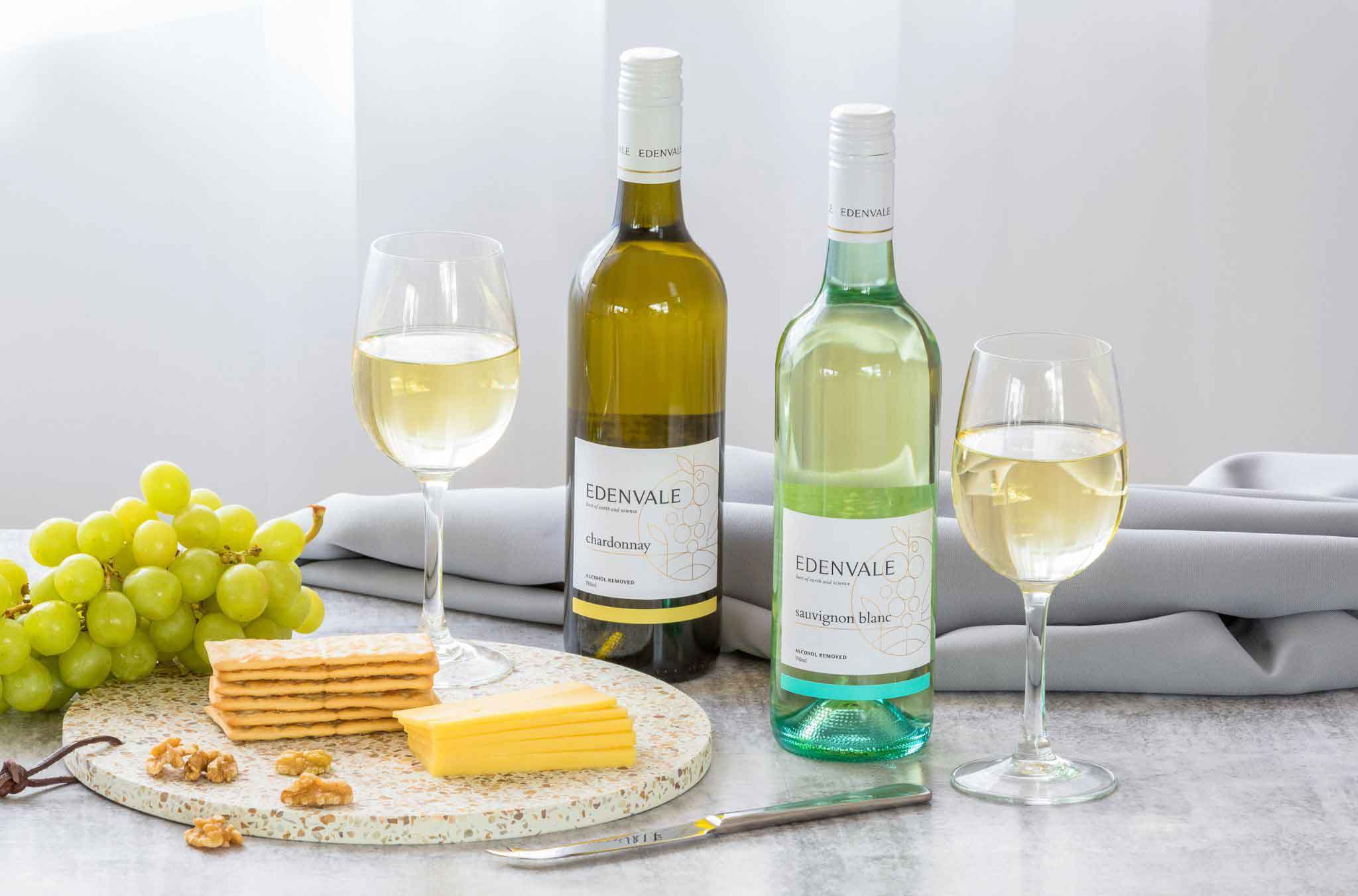

0 thoughts on “How To Store Wine For Aging”